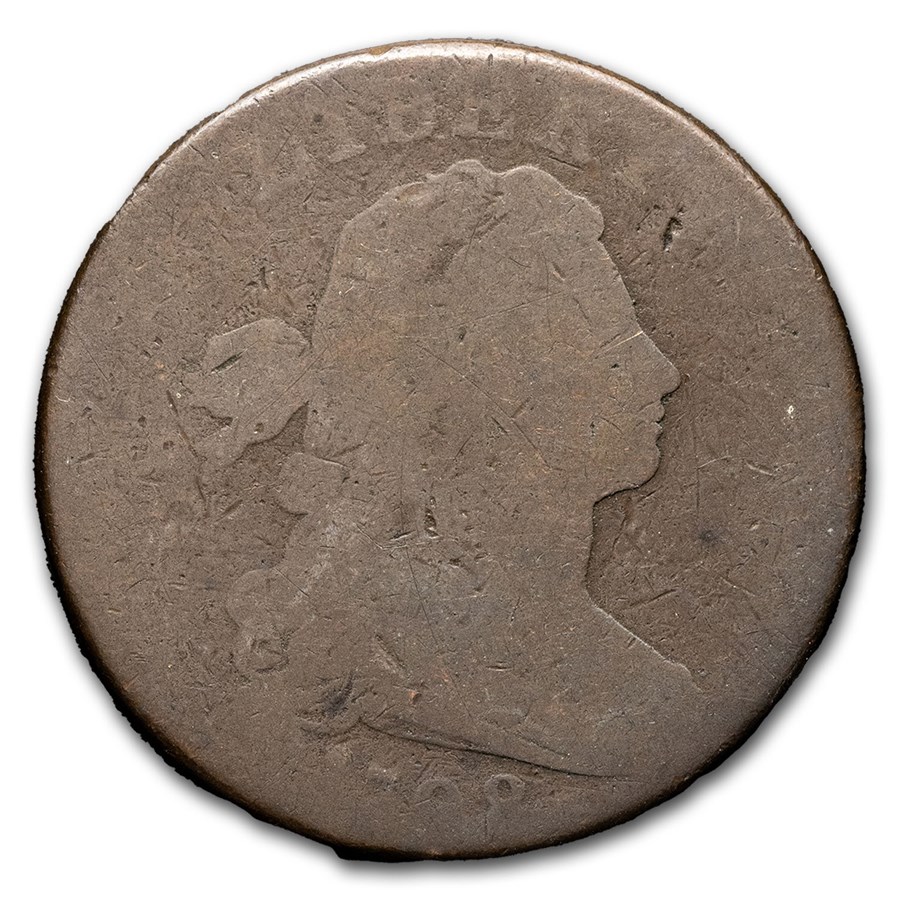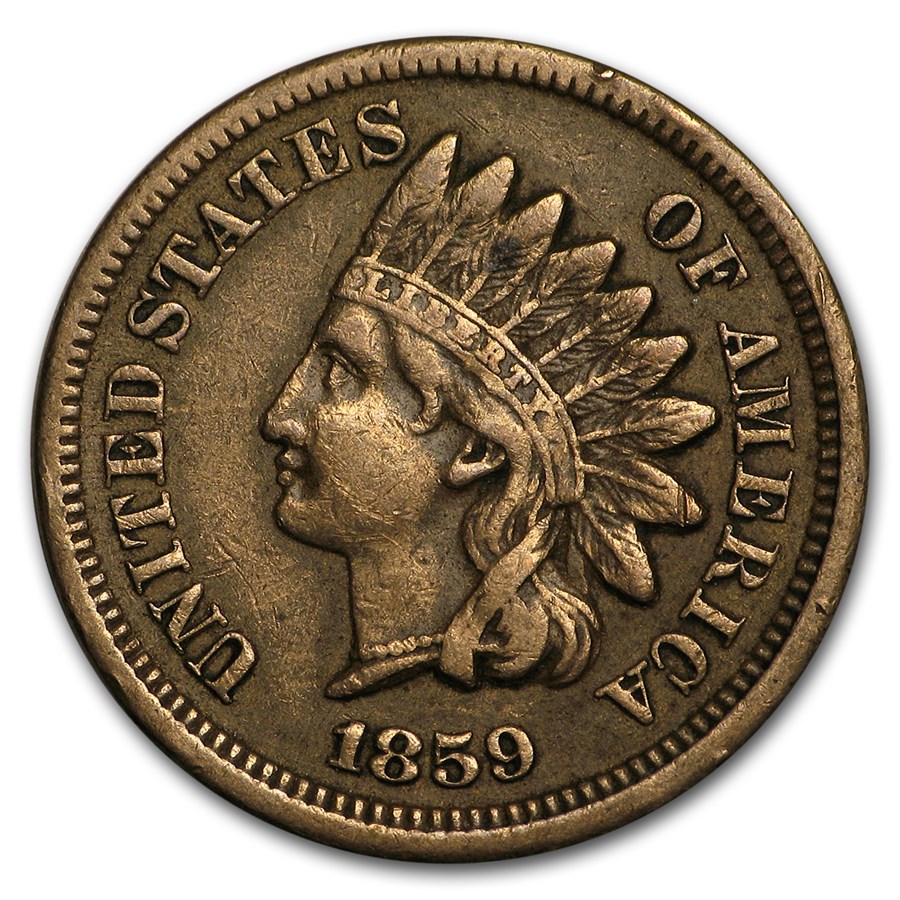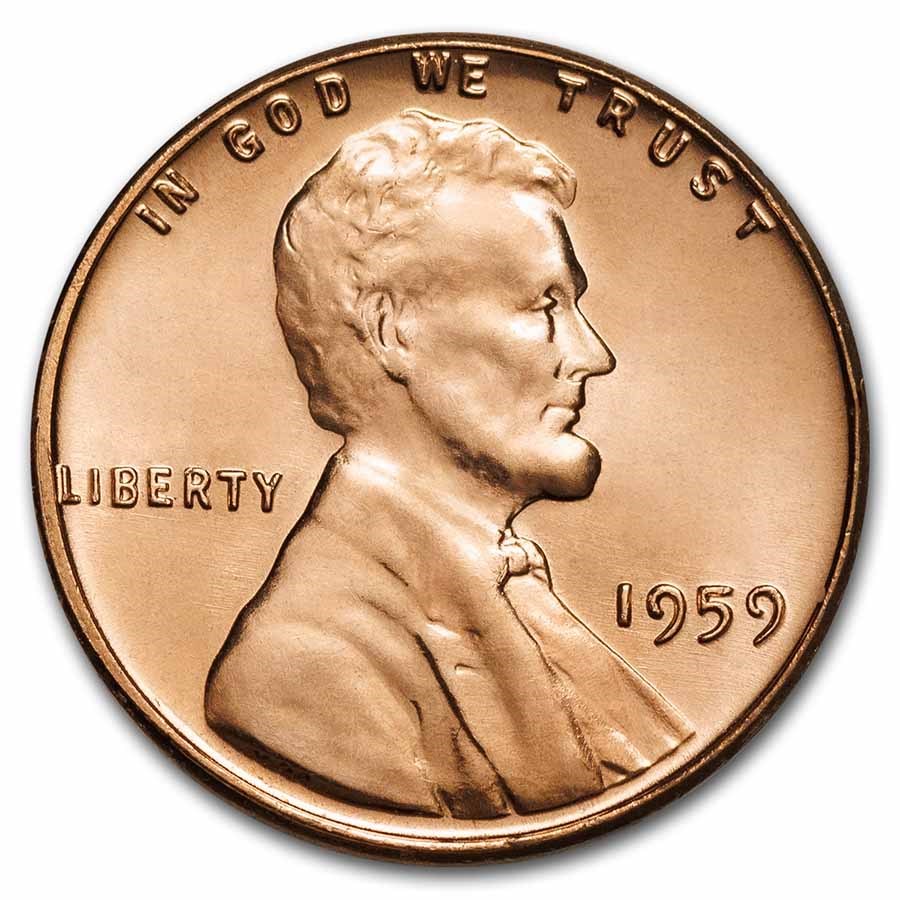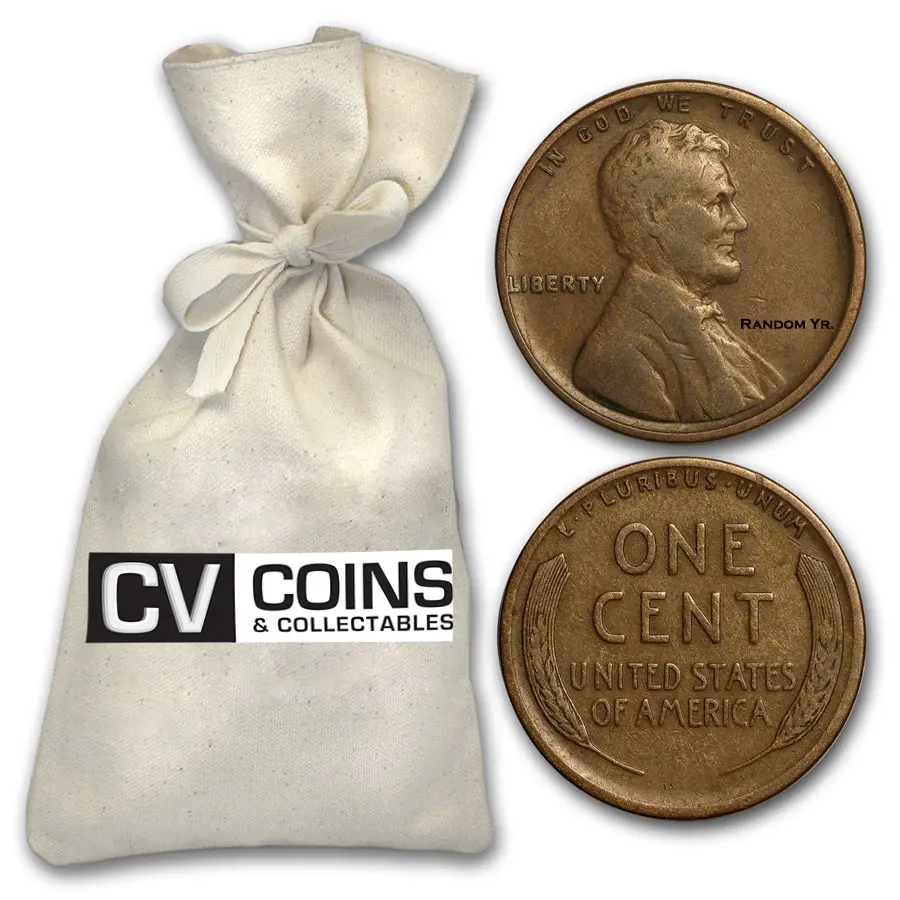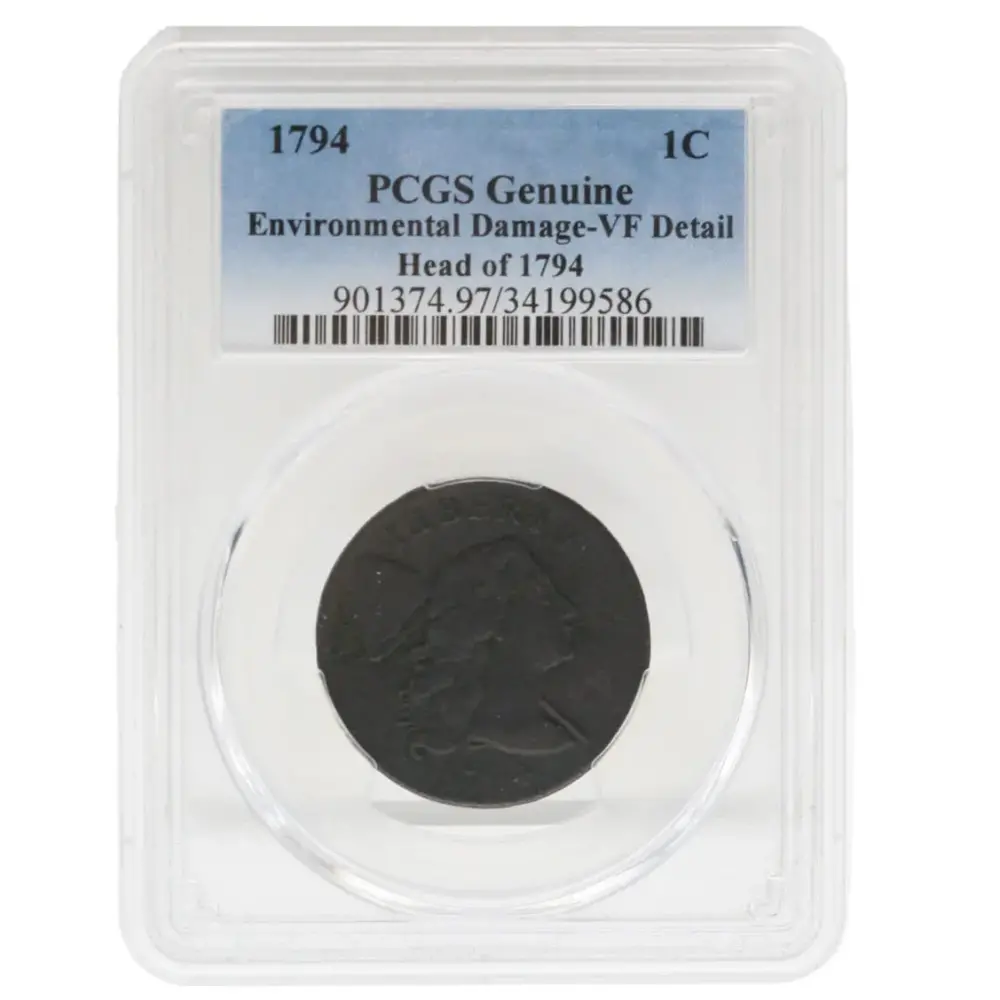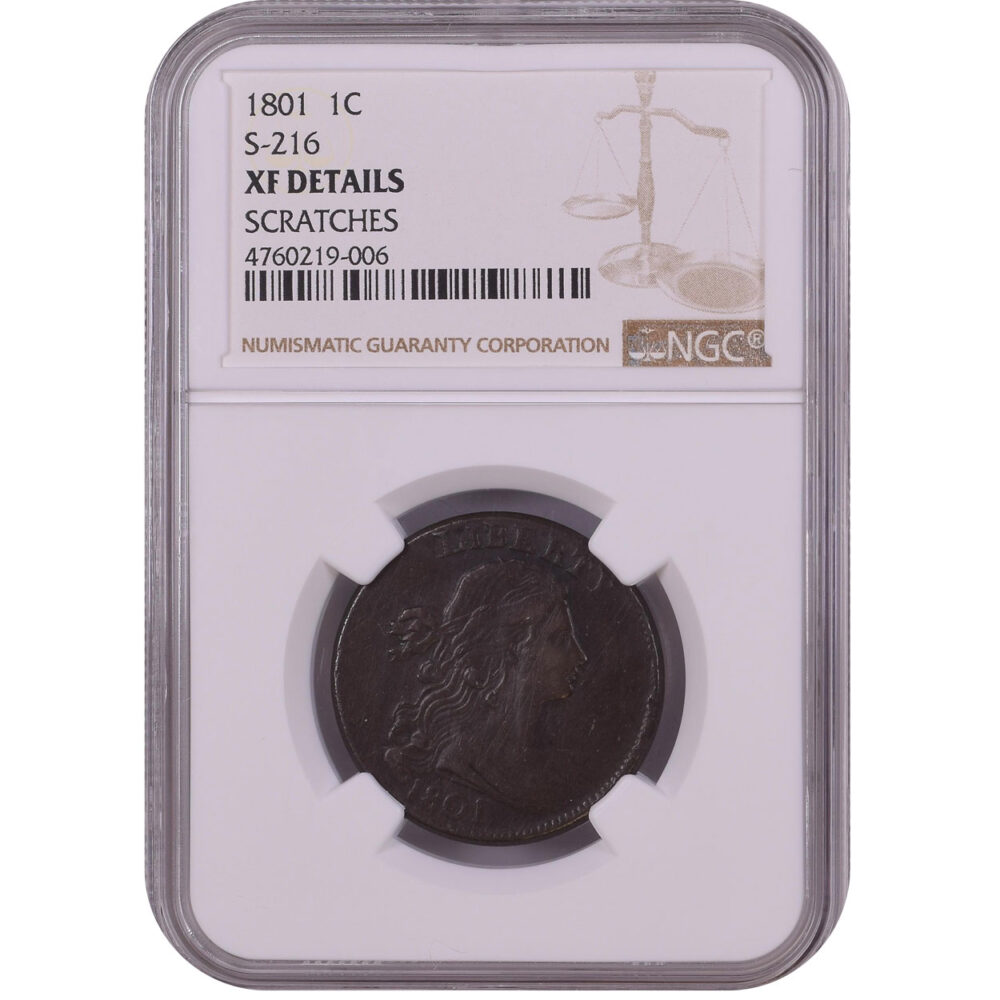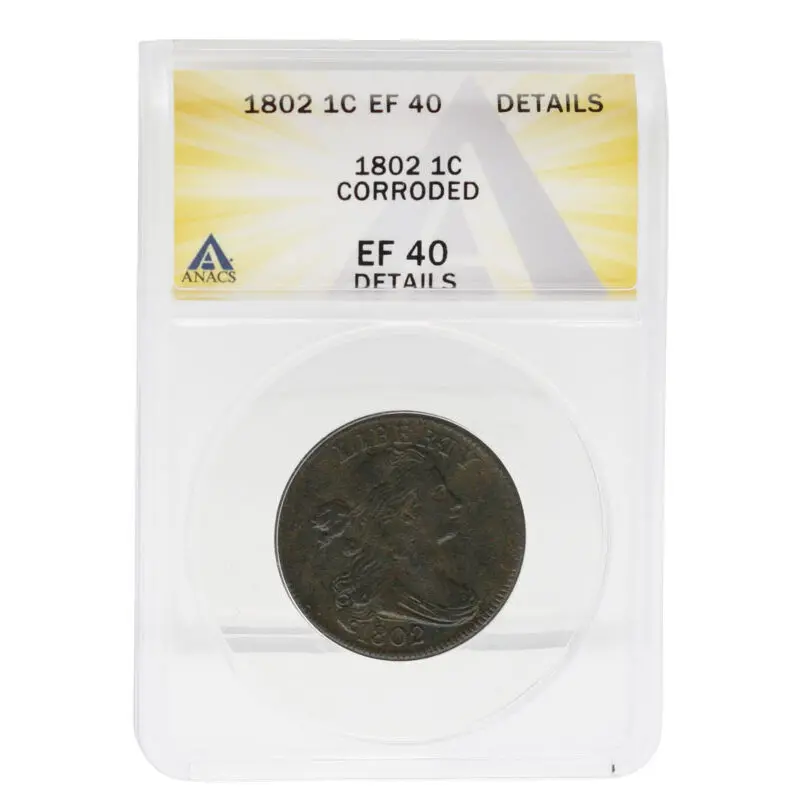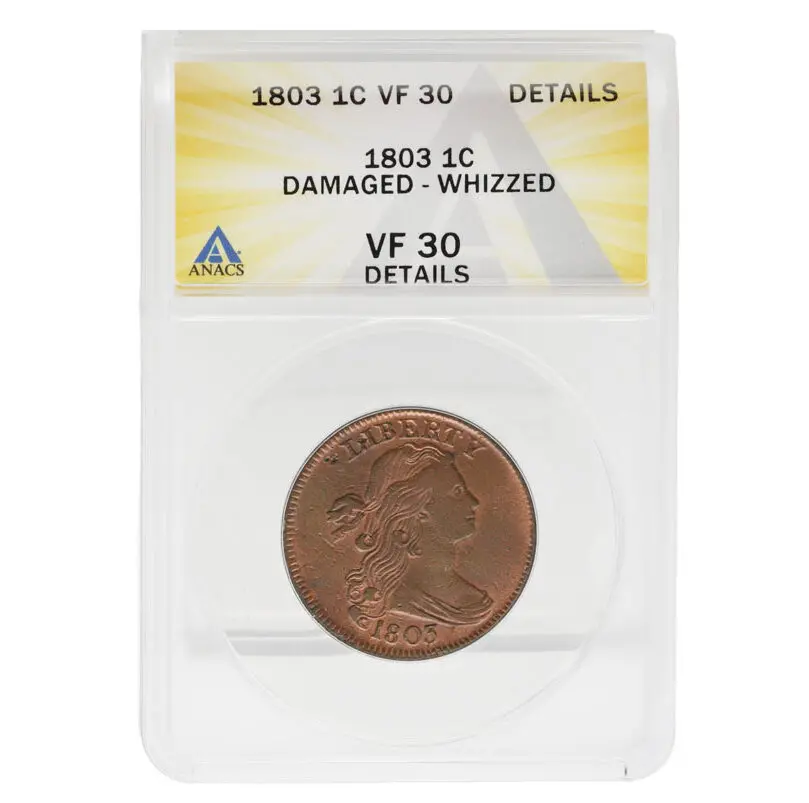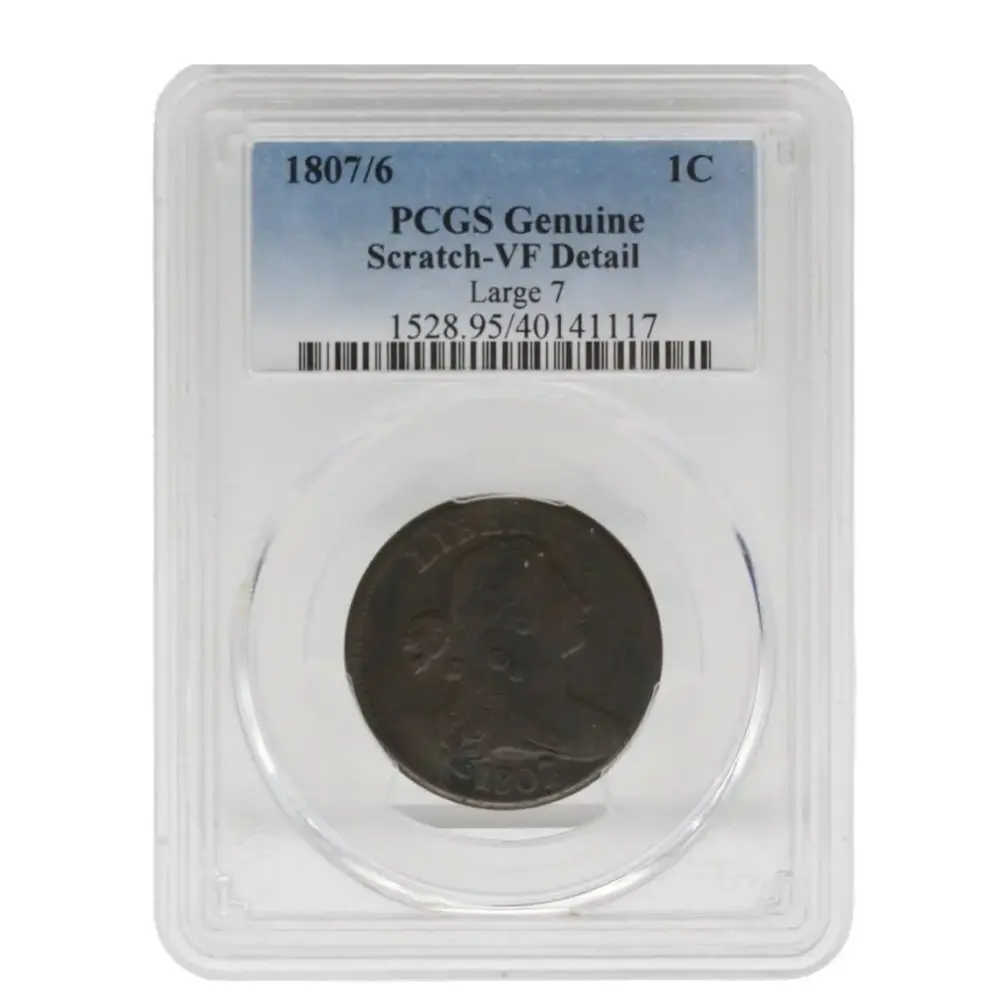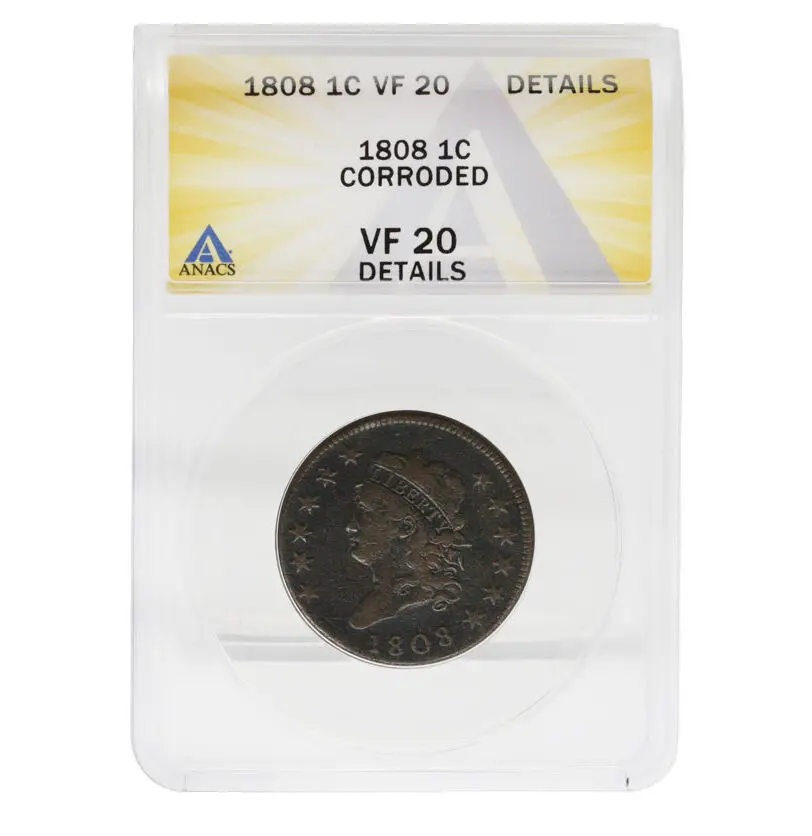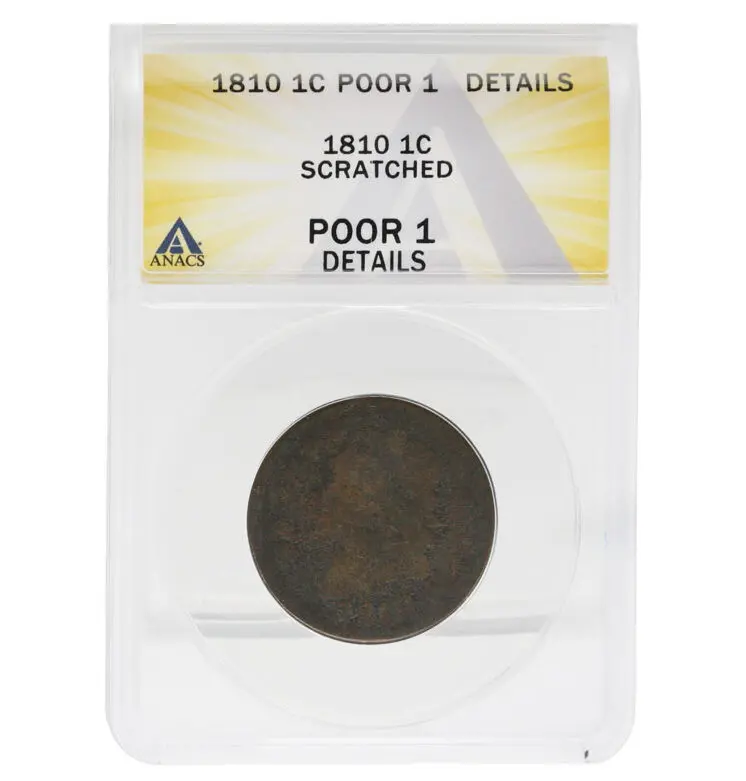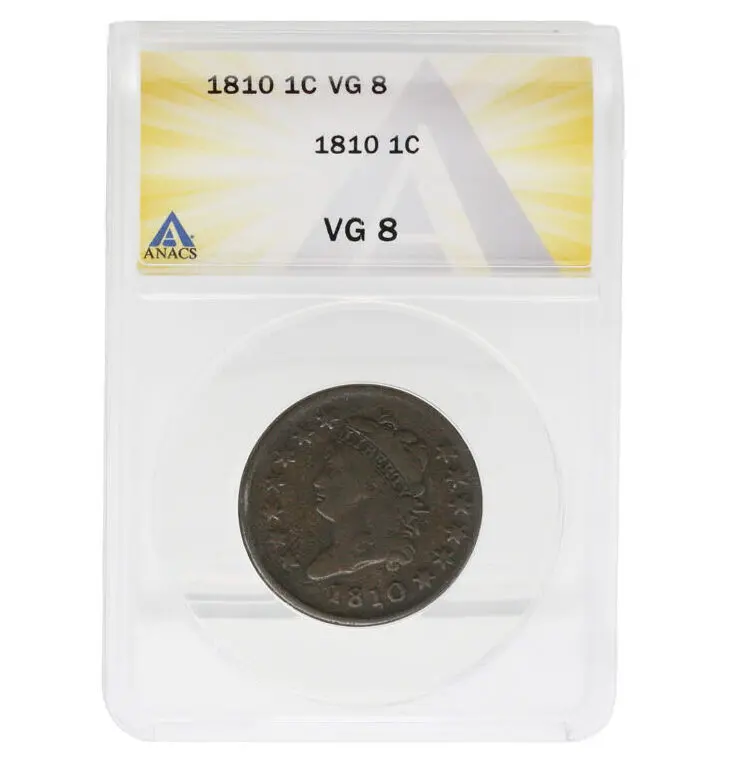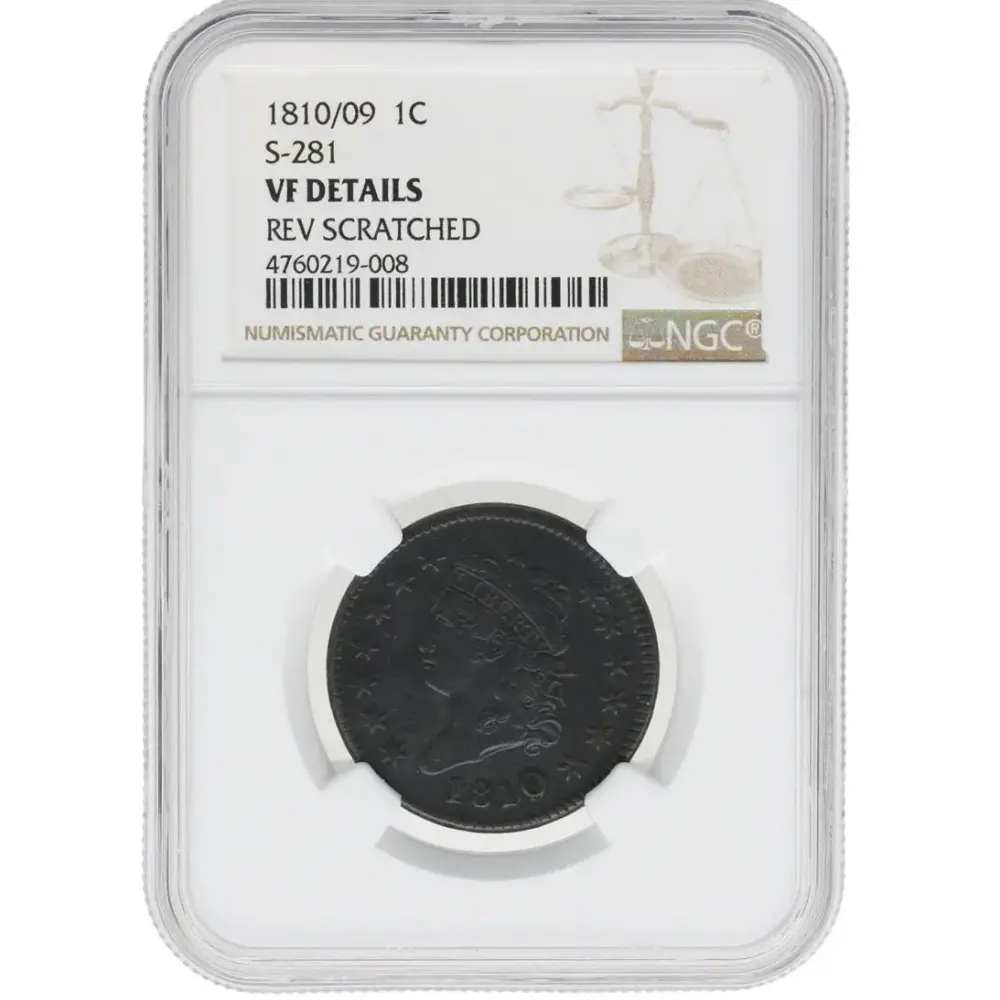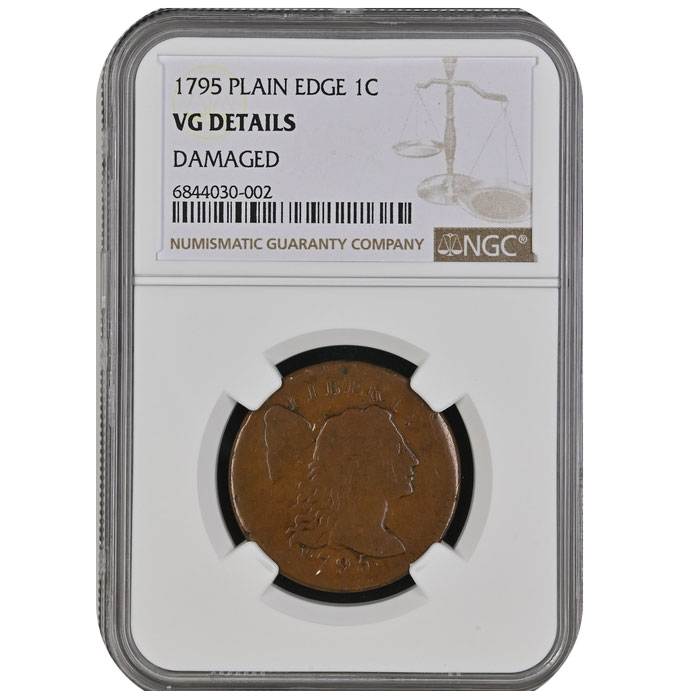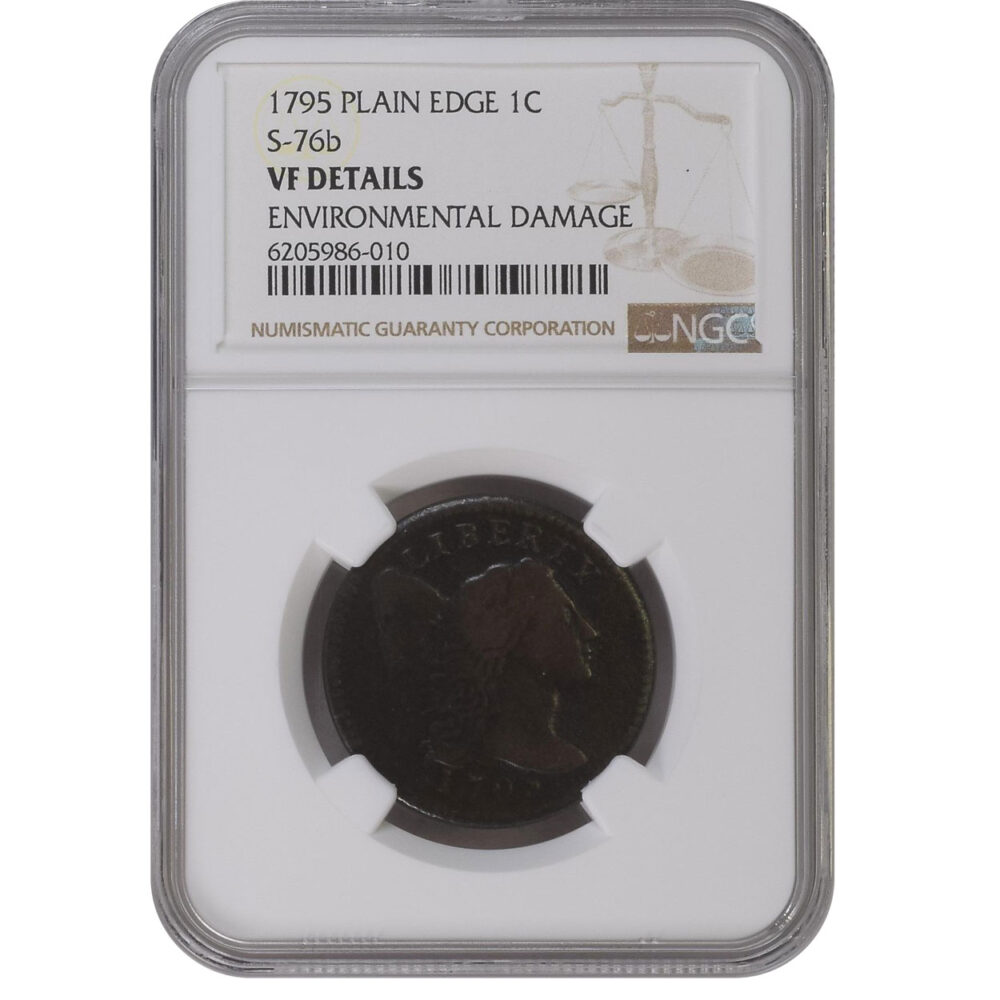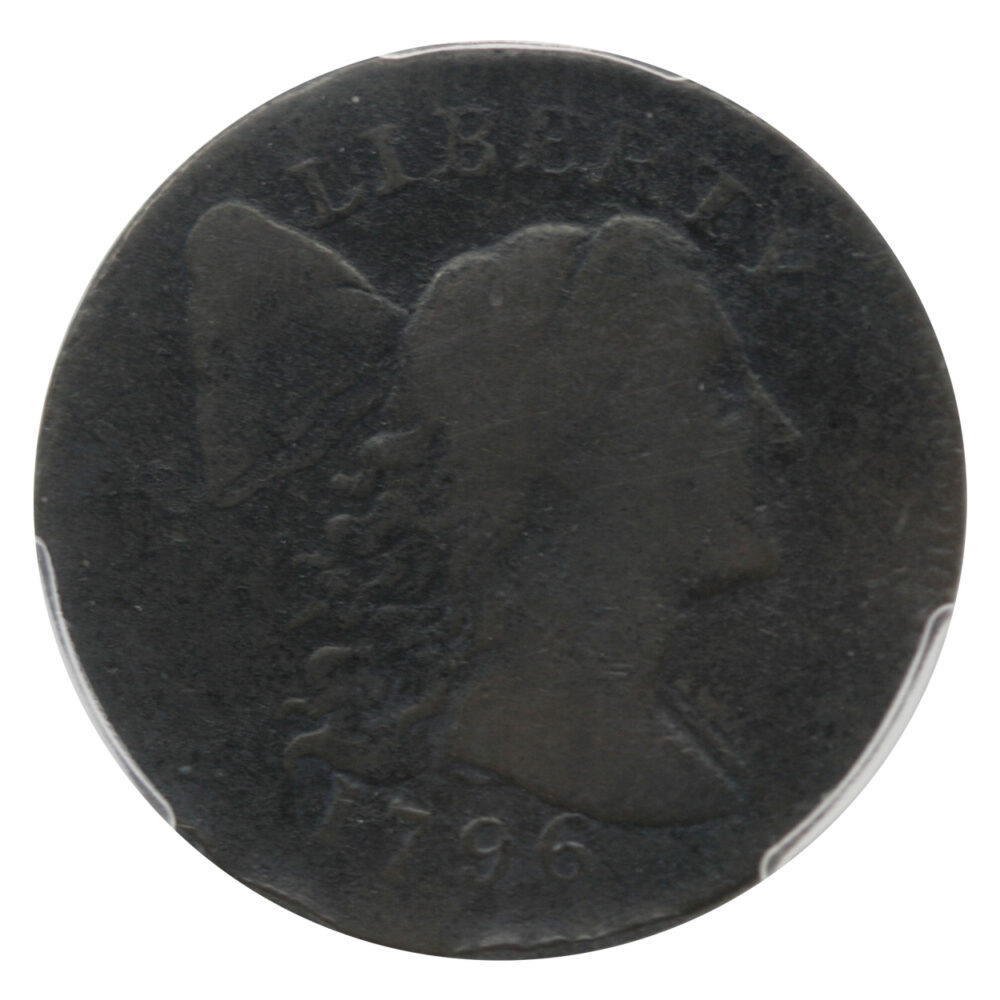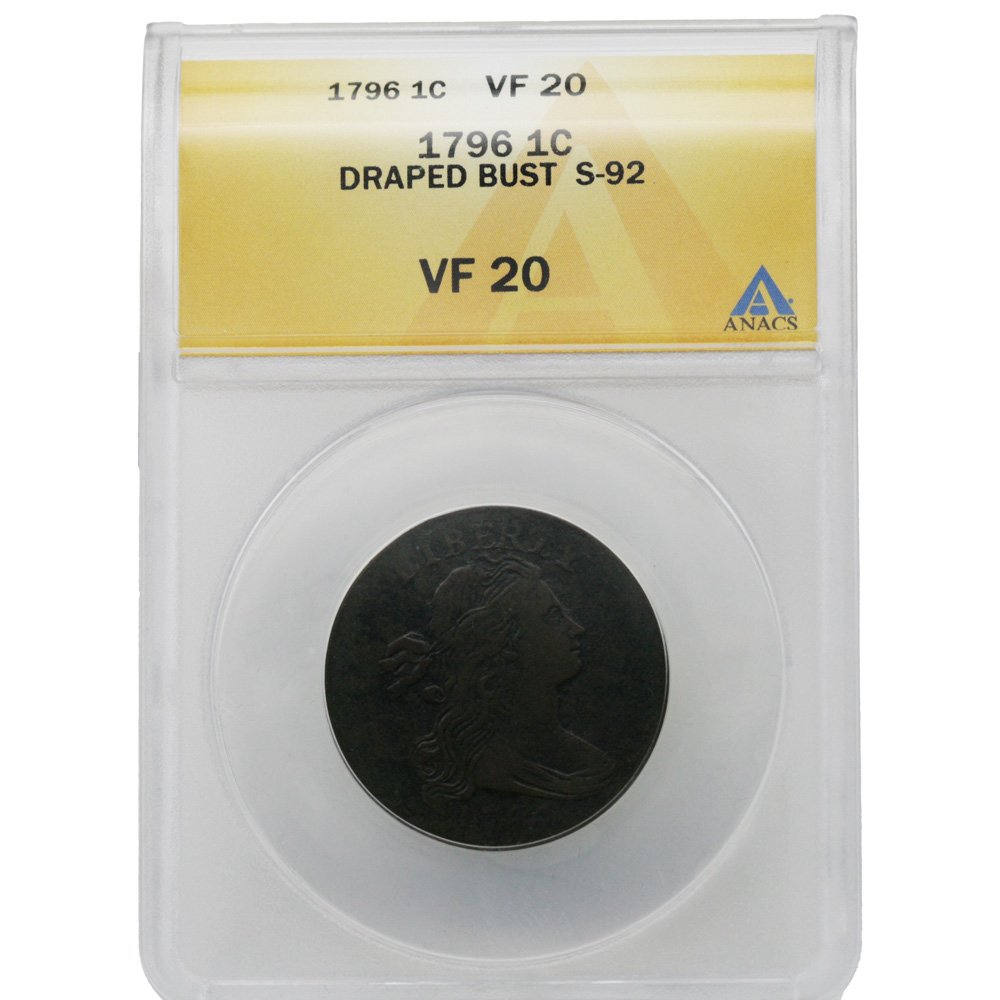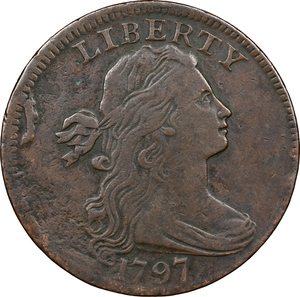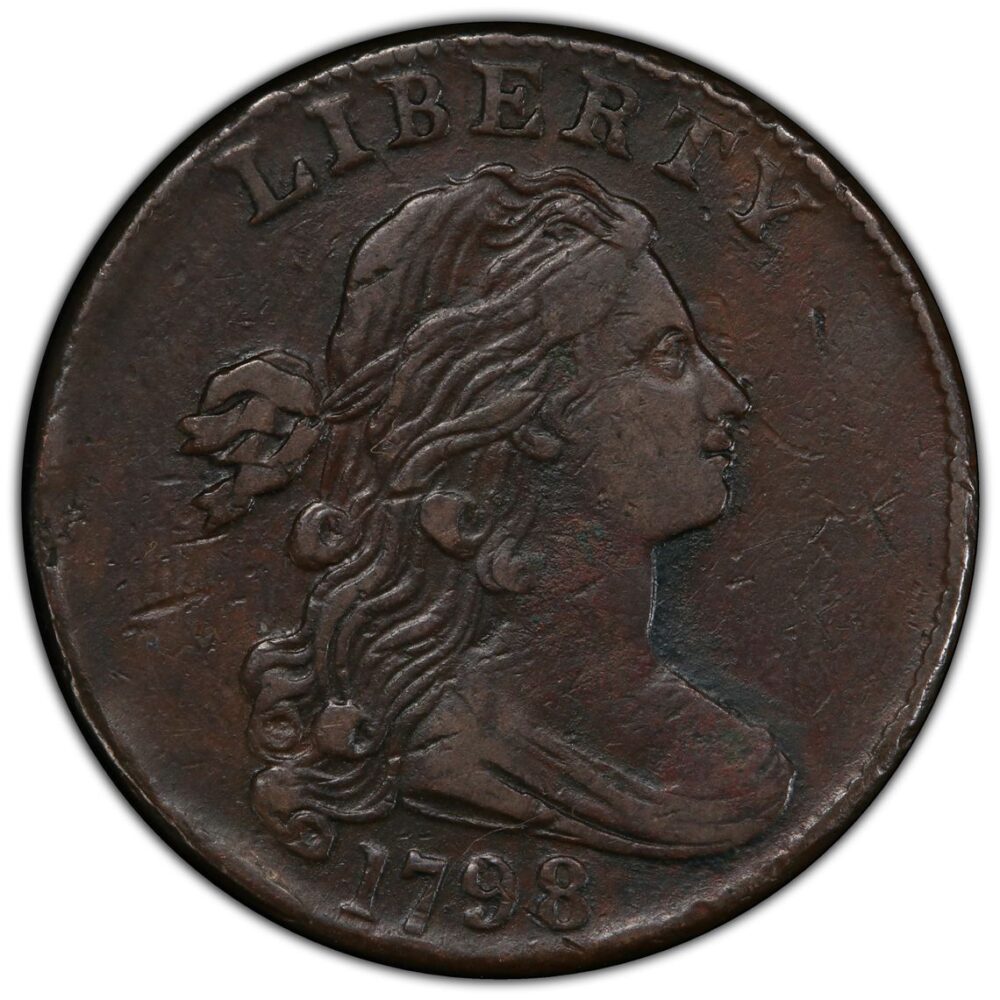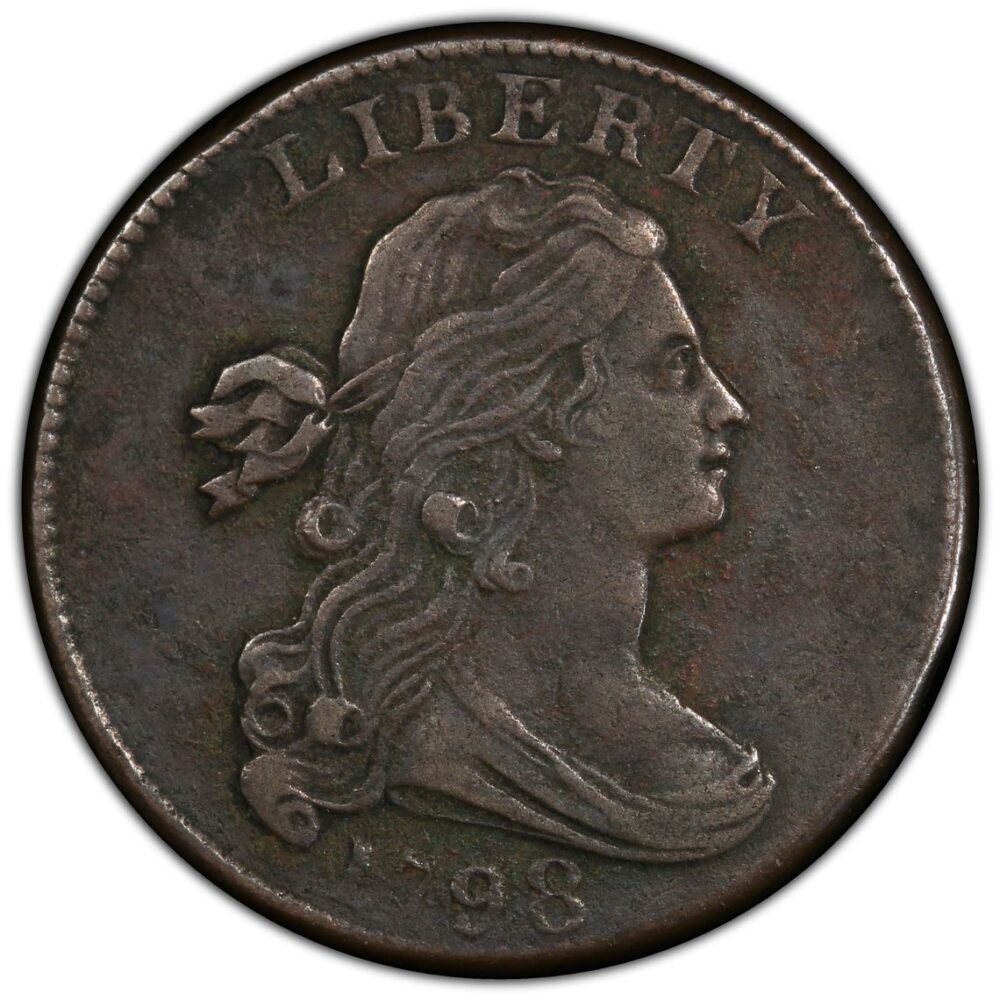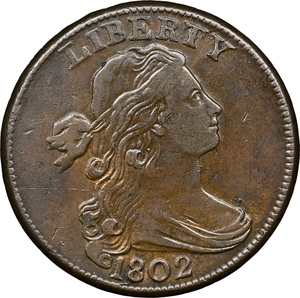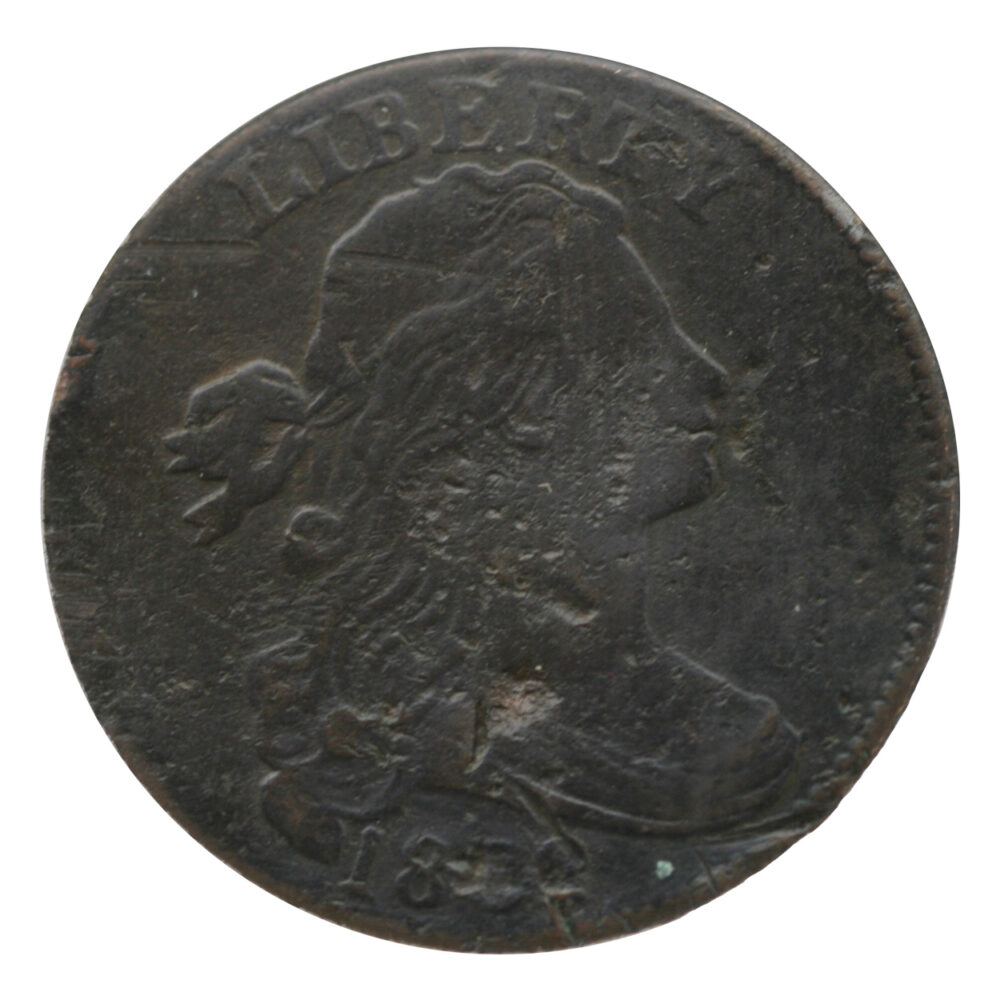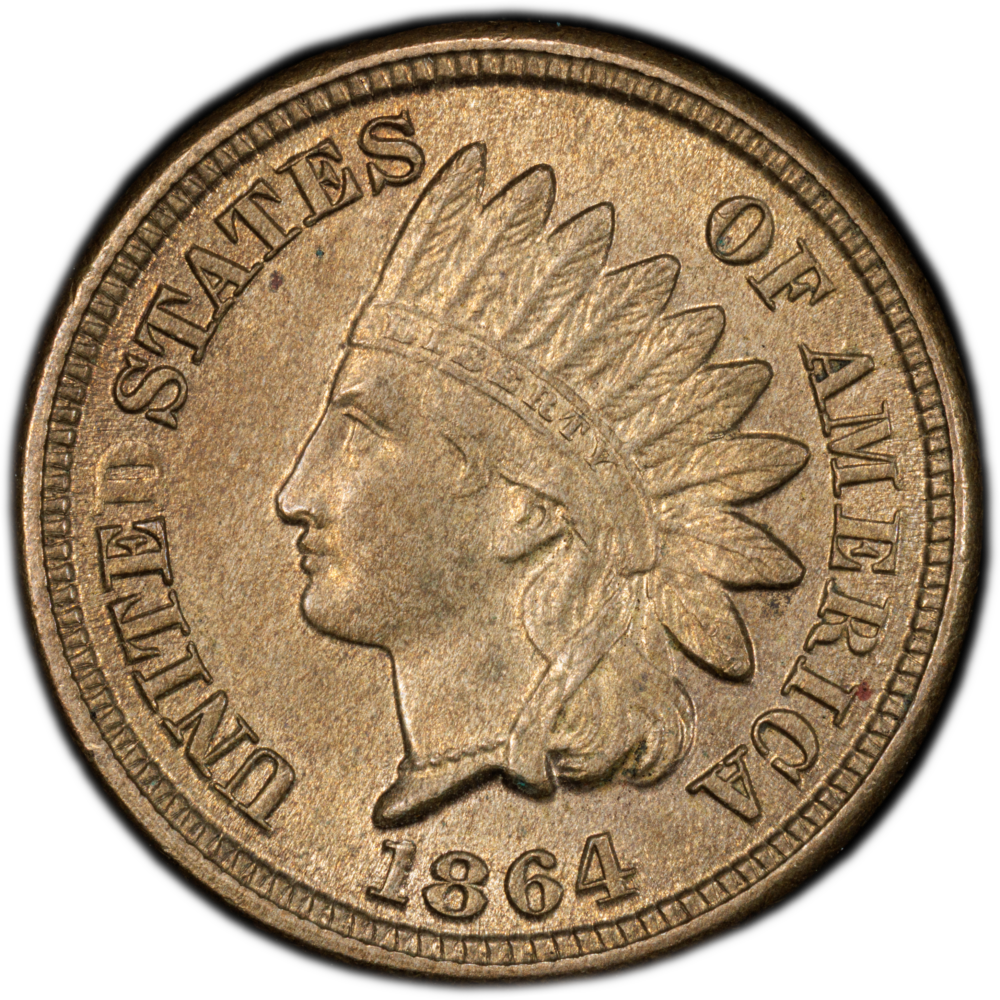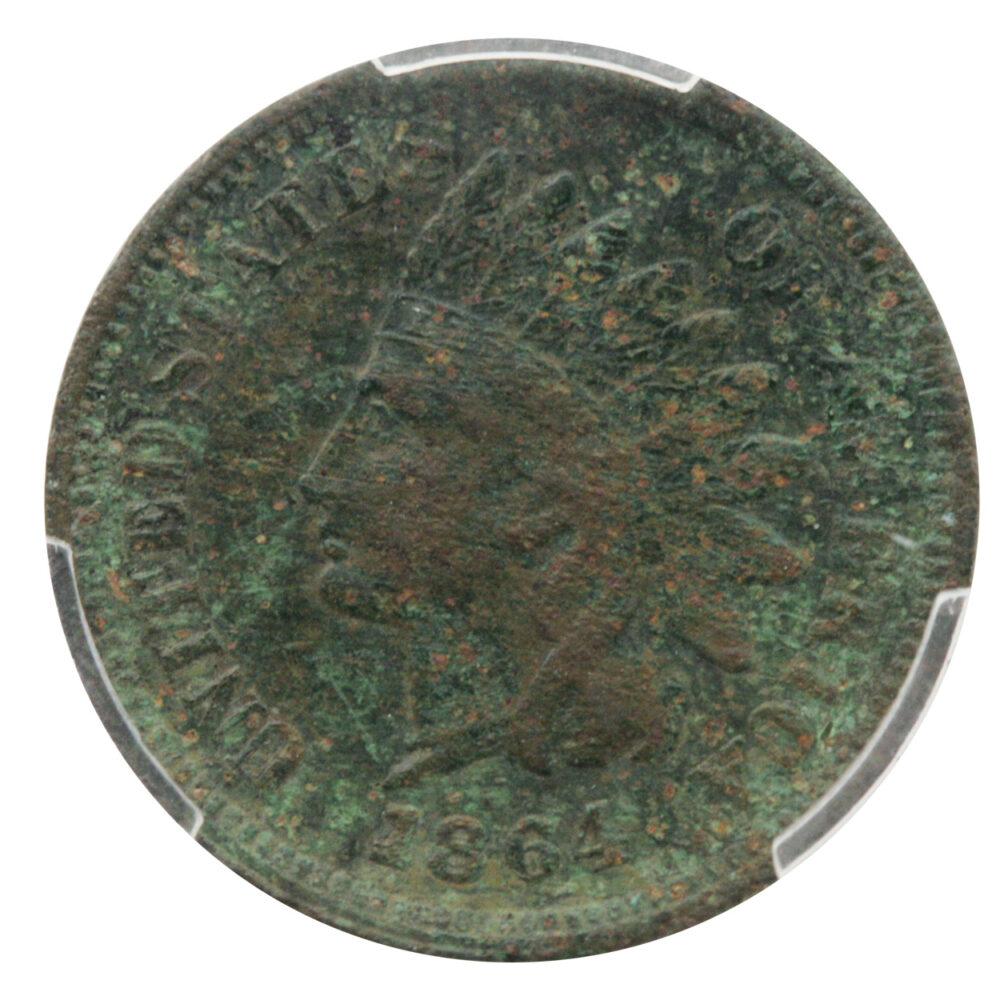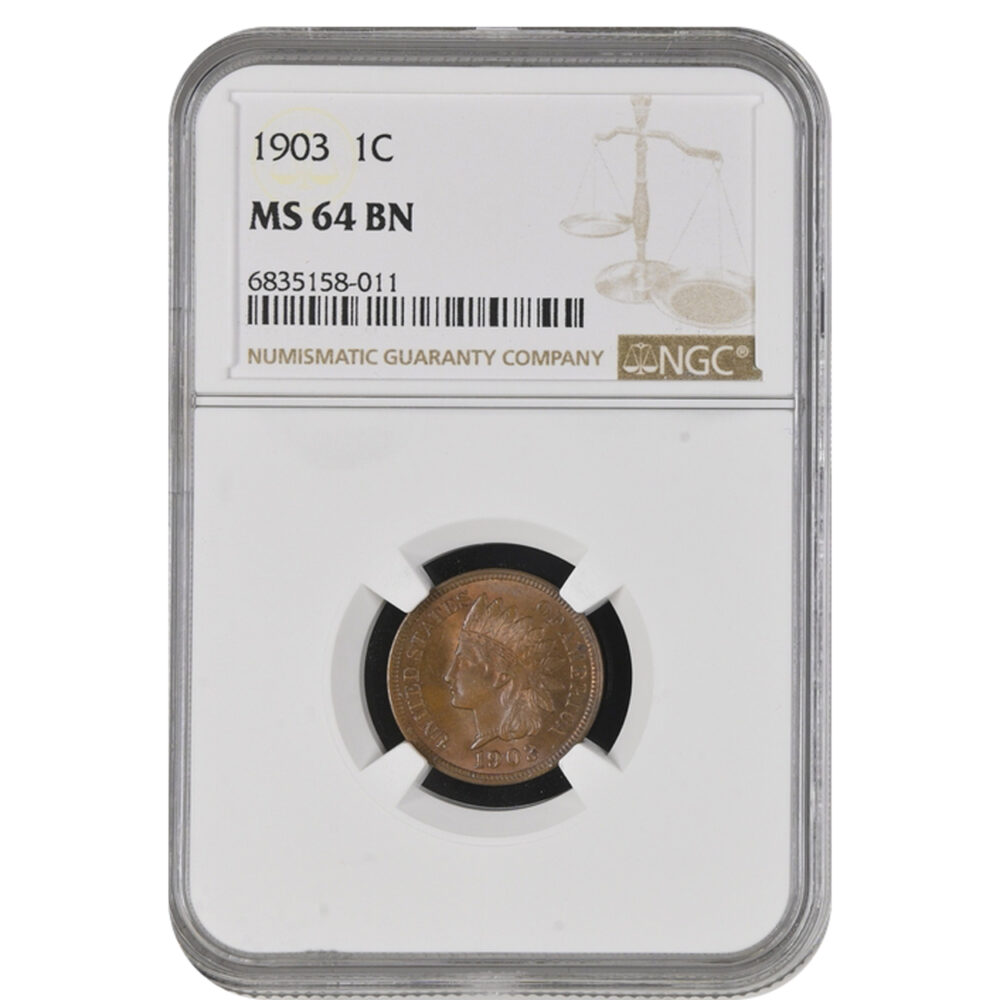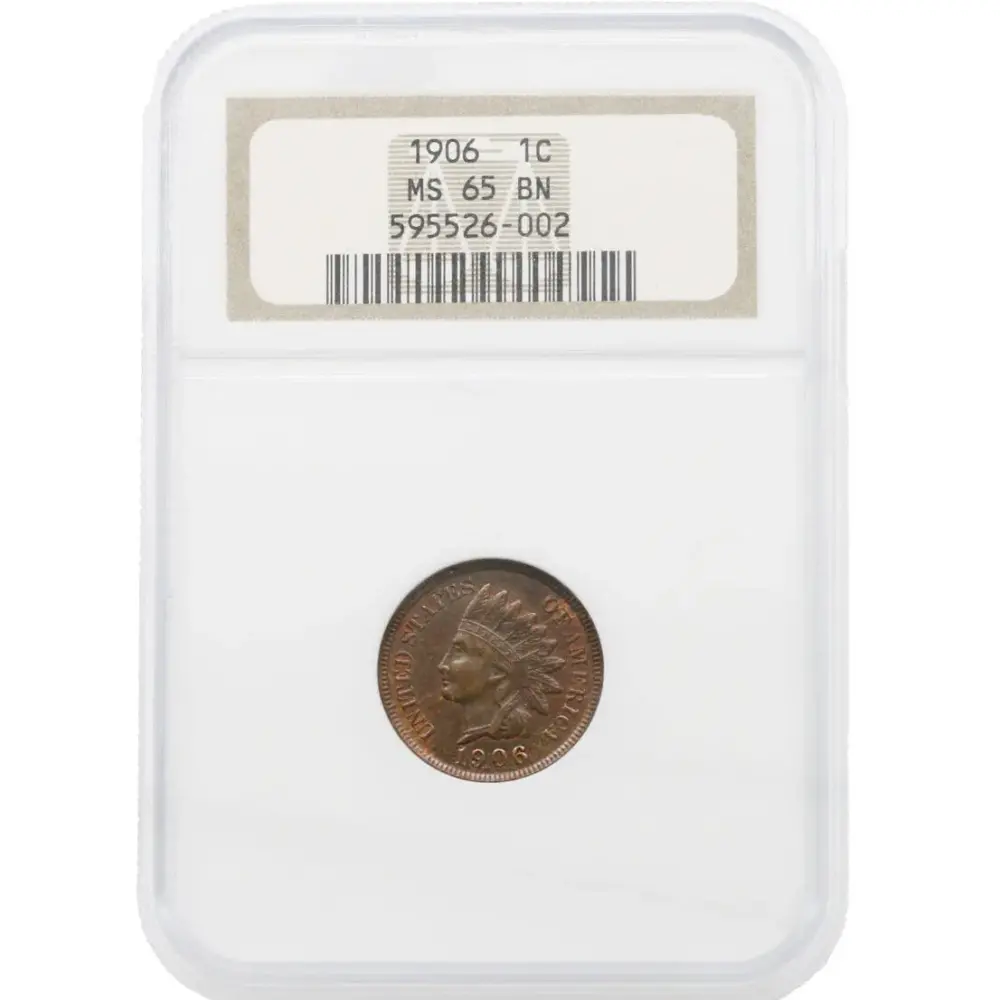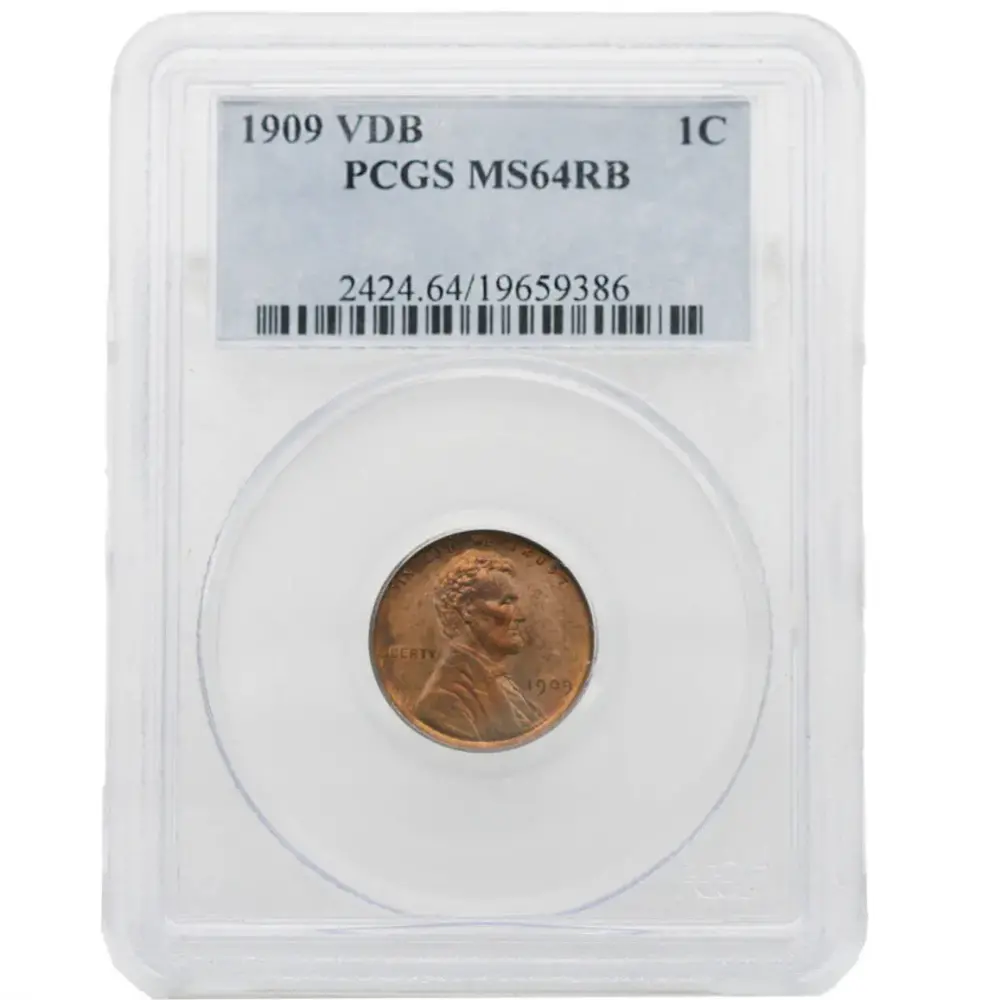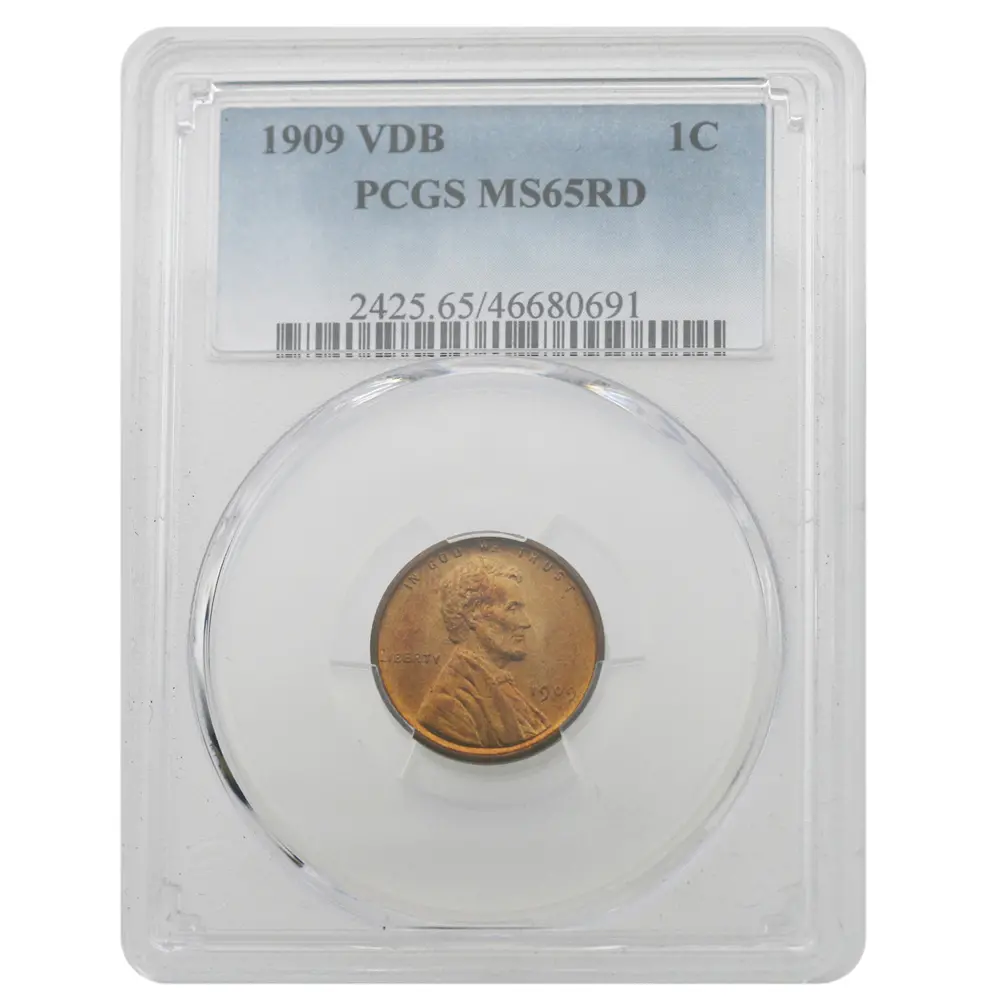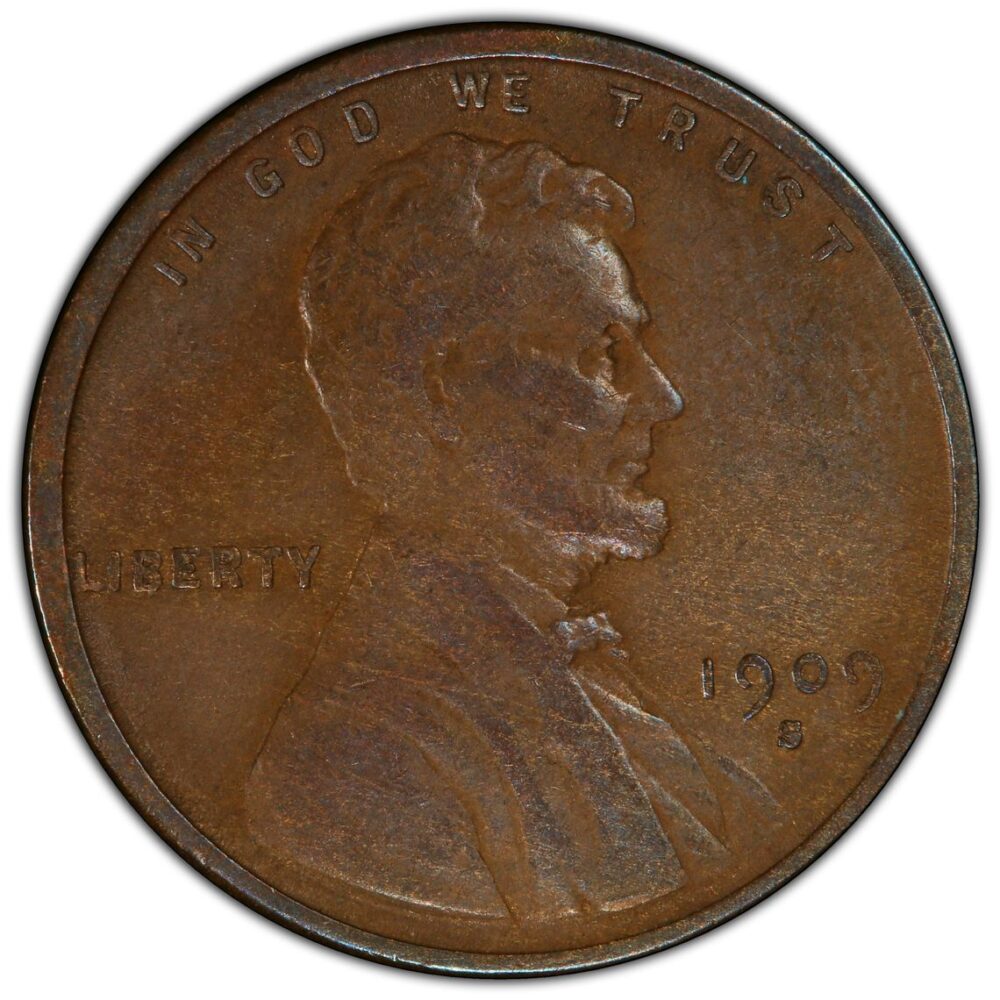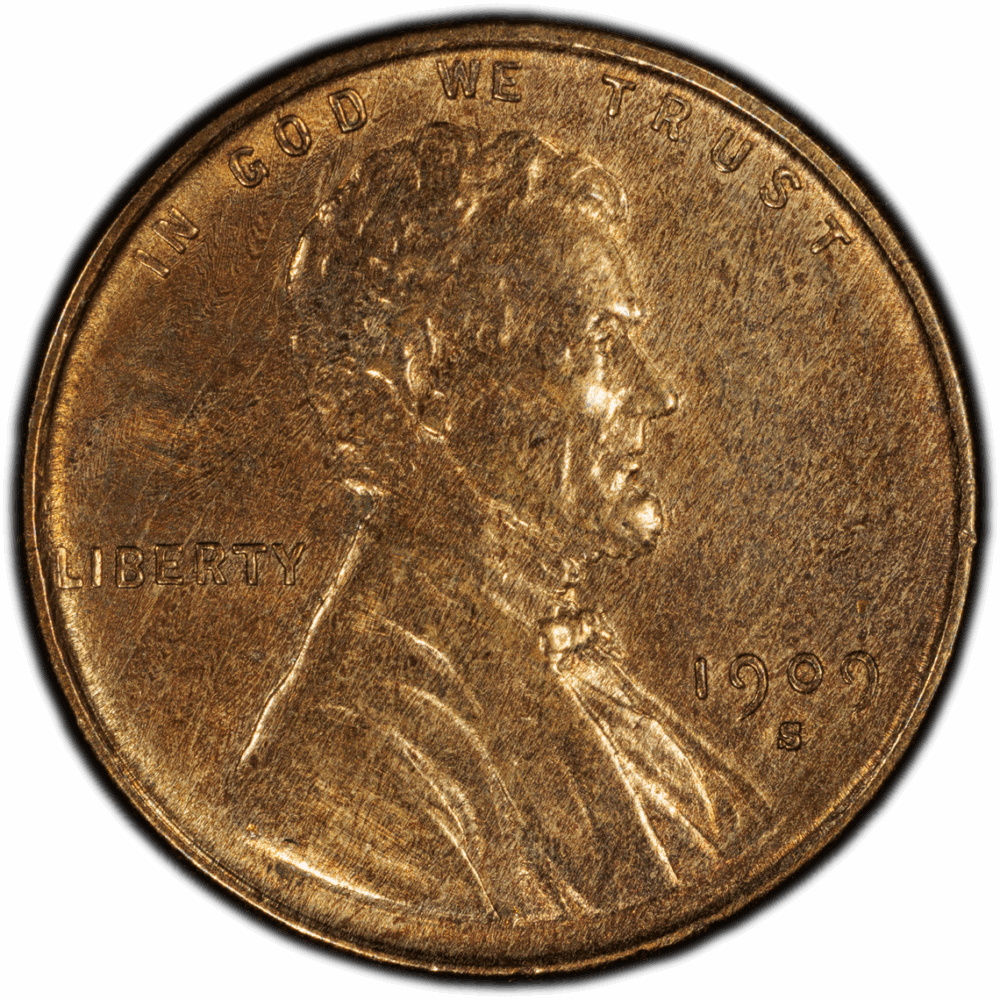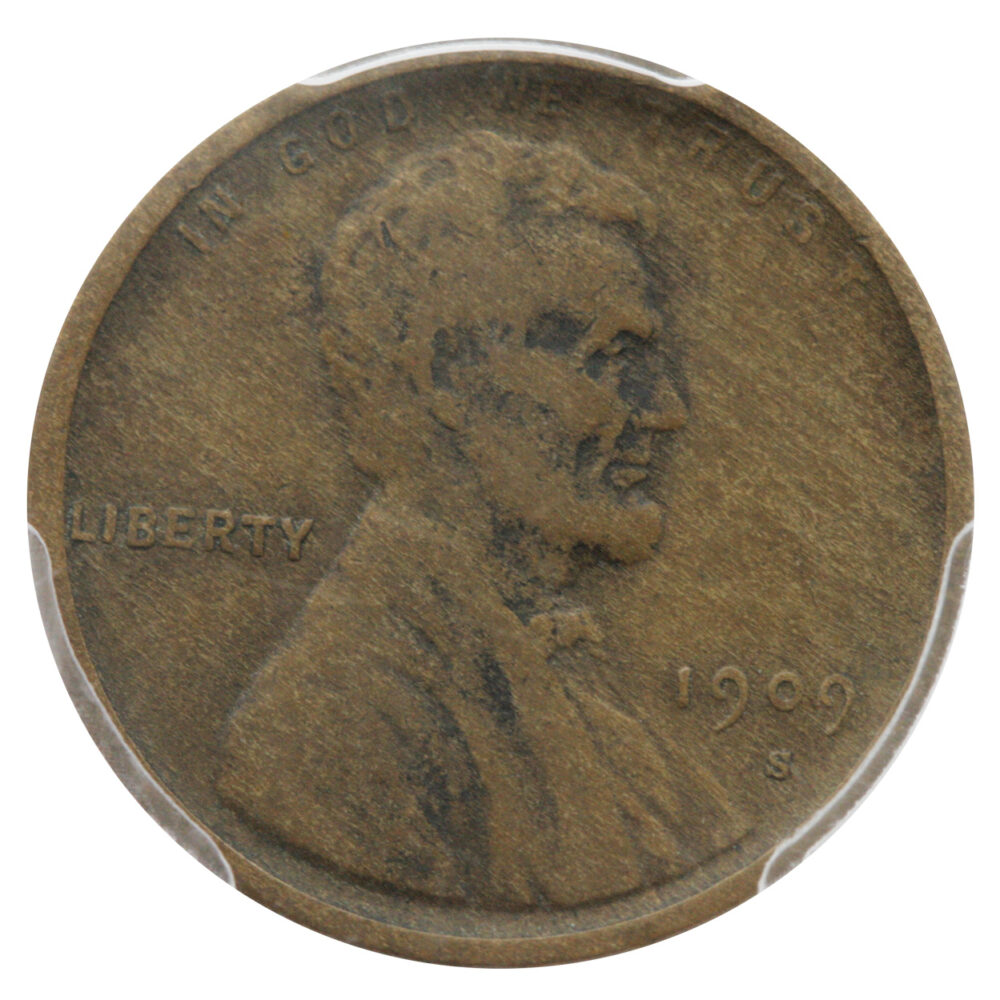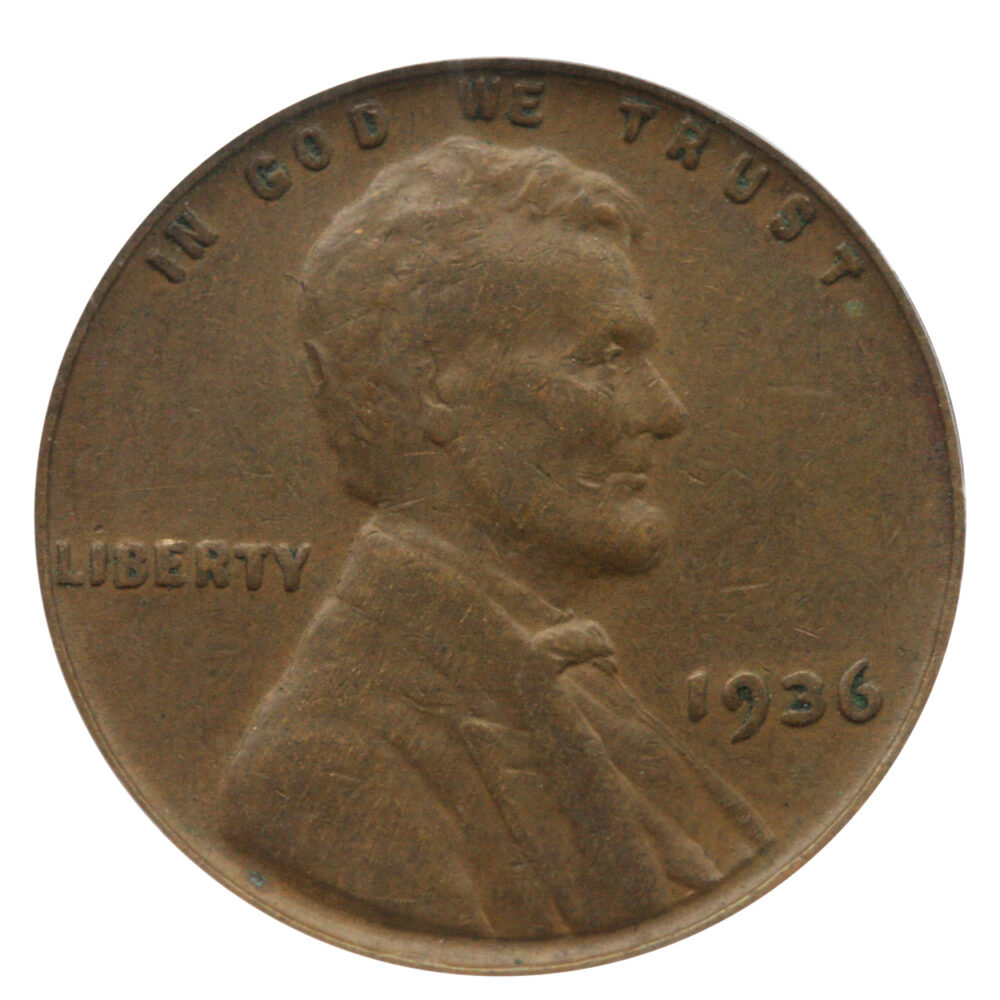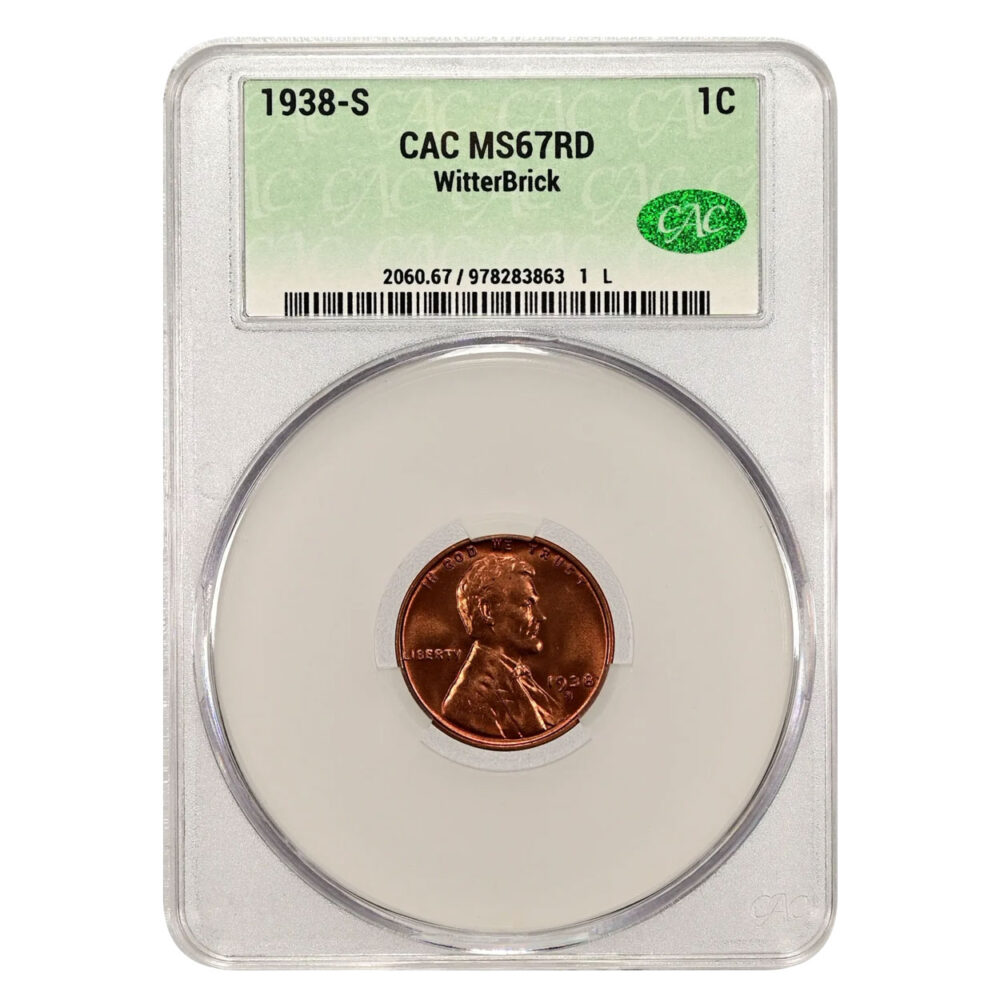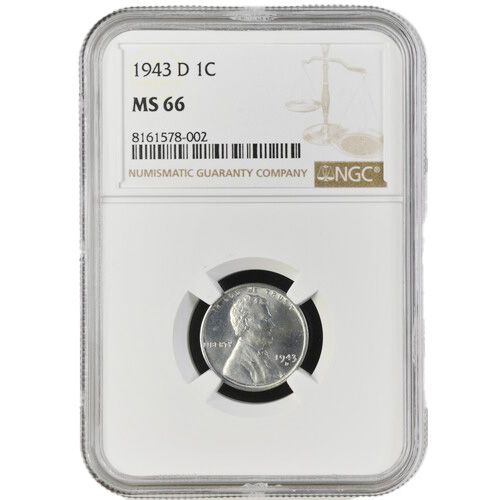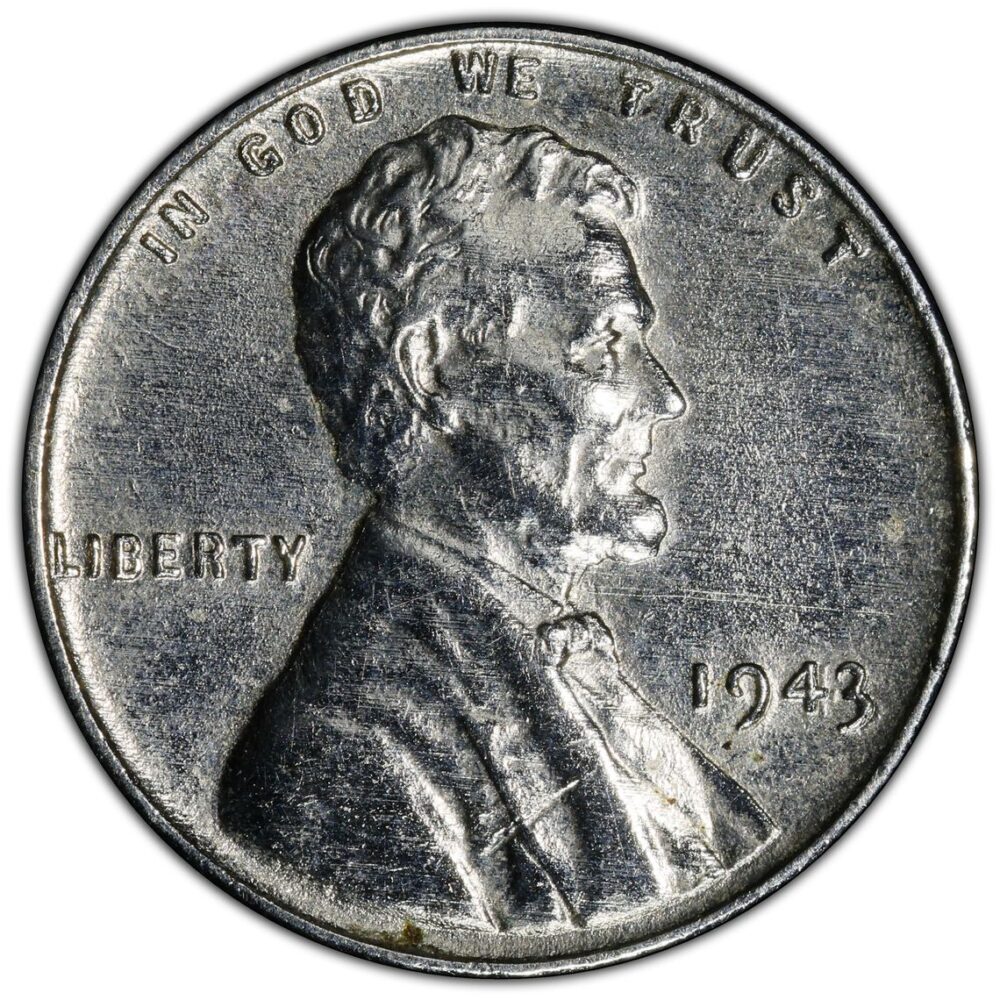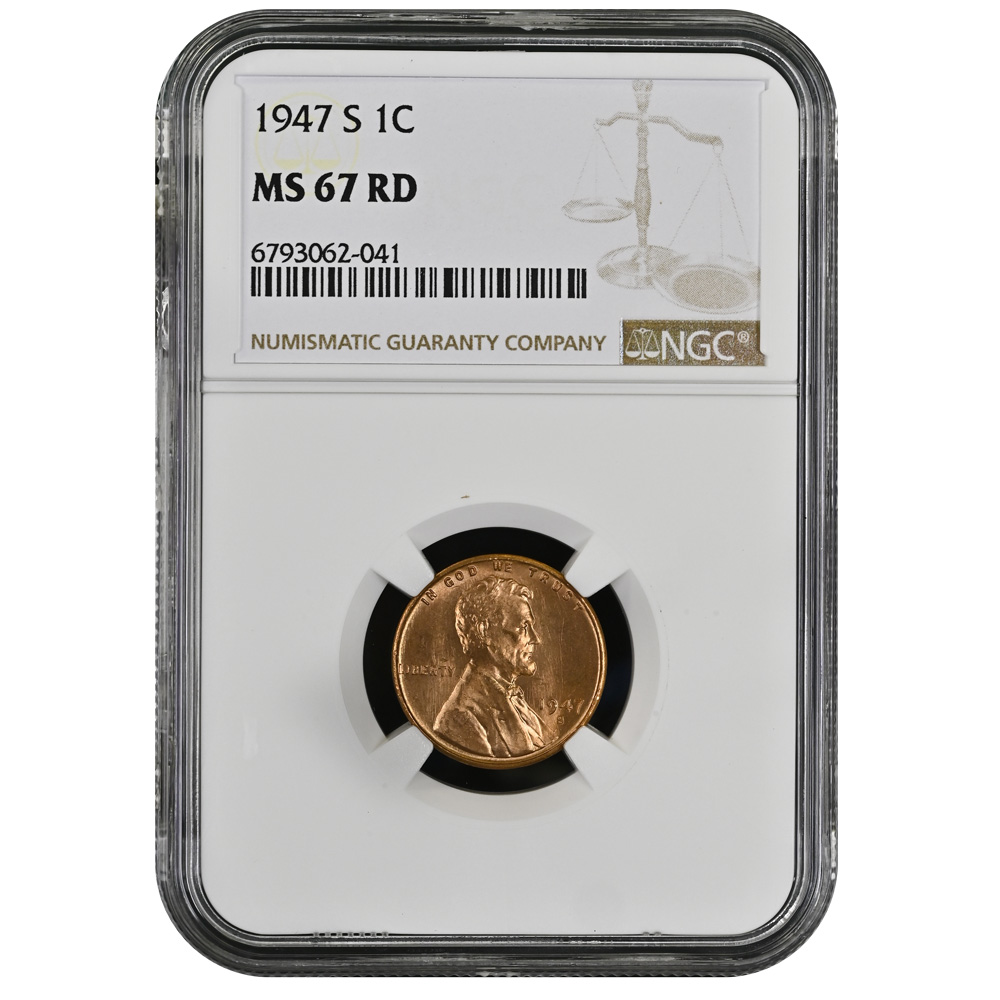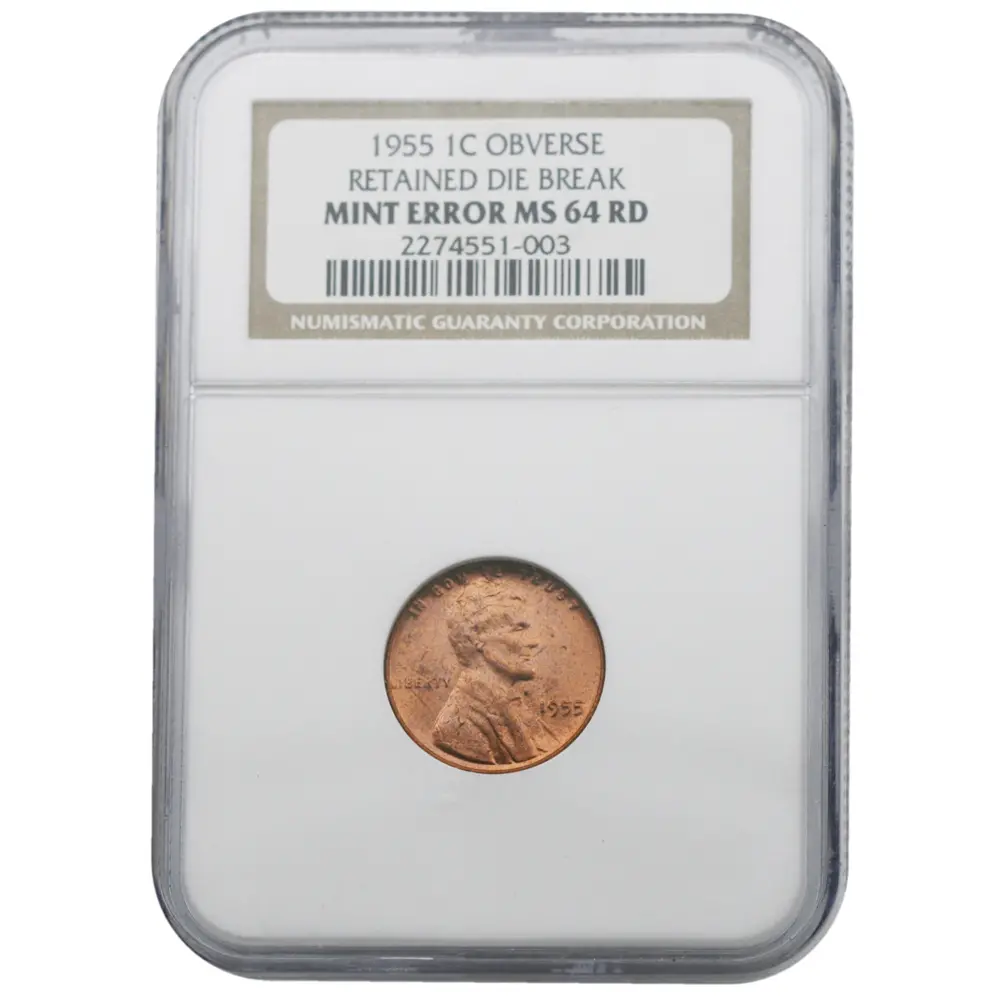Cents (1793-Date)
Early Large Cents (1793–1857)
The very first U.S. cents, struck in 1793, were much larger than modern pennies—close to the size of a half dollar—and made of pure copper.
The earliest type, the 1793 Chain Cent, featured Liberty with flowing hair and a chain reverse intended to symbolize unity, but the public criticized it for appearing like bondage.
The design was quickly replaced the same year with the Wreath Cent, which paired the same Liberty portrait with a more elegant wreath reverse. Later in 1793, the Liberty Cap design debuted, showing Liberty facing right with a liberty pole and cap, a classical symbol of freedom.
Over the next decades, the series evolved into the Draped Bust (1796–1807), the Classic Head (1808–1814), and the Coronet or Matron Head (1816–1839). The final subtype was the Braided Hair Cent (1839–1857), which represented the last of the large coppers before high copper costs forced the Mint to abandon the format.
Key issues from this era include the 1793 Chain and Wreath Cents, the 1799 and 1804 Draped Bust cents, and the short-lived 1811 Classic Head. By 1857, the large cent was discontinued in favor of a smaller, more practical size. Here
Flying Eagle Cents (1856–1858)
In 1856, the Mint introduced the small cent, struck in a copper-nickel alloy. The Flying Eagle Cent was America’s first reduced-size cent and featured an eagle in flight designed by James B. Longacre. Although the 1856 is technically a pattern issue struck for congressional approval, it became widely collected as part of the series and today is one of the great U.S. cent rarities. The design was short-lived, ending in 1858 due to striking difficulties caused by the hard copper-nickel alloy, but it paved the way for the long-running Indian Head Cent.
Indian Head Cents (1859–1909)
The Indian Head Cent was introduced in 1859, also designed by Longacre. Liberty was shown wearing a Native American feathered headdress, and the reverse design shifted in 1860 from a laurel wreath to an oak wreath topped with a shield. Early issues (1859–1864) continued in the copper-nickel composition, but in mid-1864 the Mint switched to a bronze alloy that struck more sharply and held up better in circulation. This series ran until 1909 and includes some of the most famous U.S. small cent rarities.
The 1864 “L on Ribbon” variety, the 1877 (with only 852,500 minted), and the San Francisco issues of 1908-S and 1909-S are the key challenges. For many collectors, Indian Head cents offer a perfect mix of affordability in common dates and serious difficulty in acquiring the true keys. Here
Lincoln Wheat Cents (1909–1958)
In 1909, the U.S. Mint broke tradition by issuing the first coin to feature a real person: President Abraham Lincoln. The Lincoln Cent was introduced to commemorate his 100th birthday and designed by Victor David Brenner. The obverse portrait has remained in use for over a century, while the reverse in this era featured two wheat ears framing the denomination.
The most famous rarity of the series is the 1909-S VDB, with just 484,000 struck before Brenner’s initials were removed amid controversy. Other important keys include the 1909-S (no VDB), the low-mintage 1914-D, and the 1931-S. Collectors also treasure varieties like the 1922 No D, the 1943 Bronze Cent struck in error during the steel cent year, and the 1944 Steel Cent, another famous minting mistake. Here
Lincoln Memorial Cents (1959–2008)
To celebrate Lincoln’s 150th birthday, the reverse design was updated in 1959 to depict the Lincoln Memorial in Washington, D.C., designed by Frank Gasparro. This design lasted for 50 years and is still one of the most familiar in modern American coinage. During this era, the composition changed in 1982 from mostly copper to copper-plated zinc, making 1982 an important transitional year with multiple varieties (large date, small date, copper, and zinc).
Key collectible varieties include the 1960 Small Date, 1969-S Doubled Die Obverse, 1970-S Small Date, 1972 Doubled Die, and 1995 Doubled Die Obverse. Here
Lincoln Bicentennial Cents (2009)
In 2009, to mark both the 200th anniversary of Lincoln’s birth and the 100th anniversary of the Lincoln Cent, four new reverse designs were issued in a single year. These depicted Lincoln’s birthplace, formative years, professional life, and presidency. Here
Lincoln Shield Cents (2010–Present)
Since 2010, the Lincoln Cent has featured a new reverse design with a Union Shield, symbolizing Lincoln’s role in preserving the United States during the Civil War. Designed by Lyndall Bass, the shield design remains in use today. While no major rarities have yet emerged, collectors pay attention to error coins, early issues, and the continuing use of zinc planchets, which present long-term preservation concerns. Here

